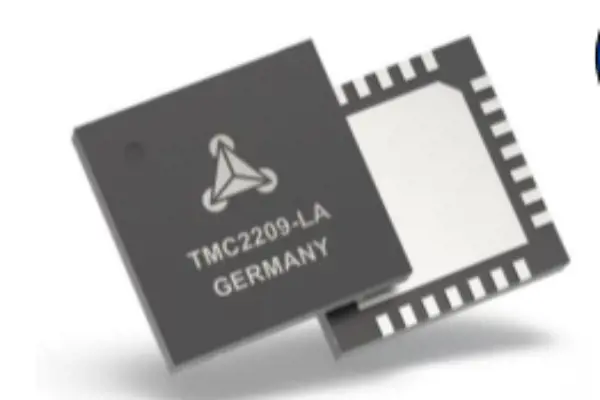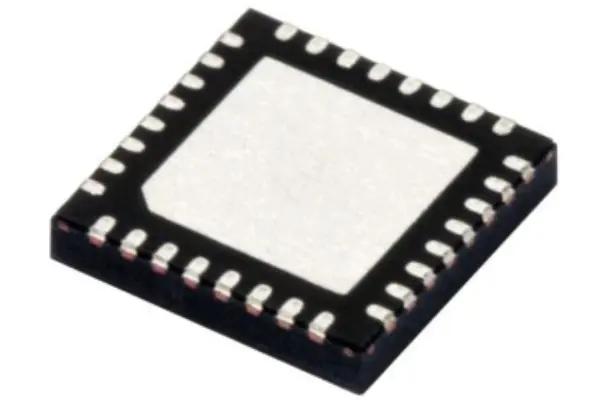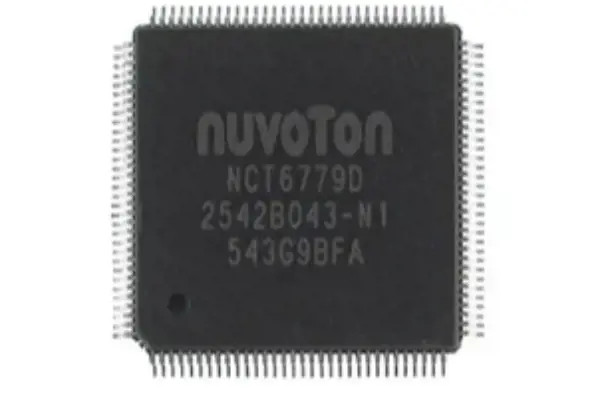MPSA92 Transistor: Pinout, Datasheet PDF and Equivalent 2023
 Published: Oct 30, 2023
Published: Oct 30, 2023
Contents
MPSA92 Transistor Description
The MPSA42 transistor is an NPN bipolar junction type transistor for high voltage applications such as high voltage amplification and switching. The transistor has a CE (collector-emitter) voltage of 300 V. It can therefore be used in applications where a general-purpose transistor cannot be used due to the maximum collector-emitter voltage (e.g., 100 V).
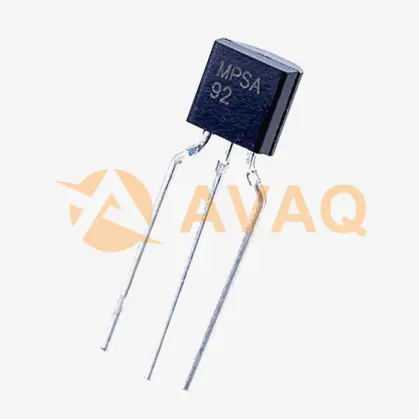
In addition, the CE voltage characteristics of the MPSA42 transistor will allow it to be used in any circuit where there is a risk of sudden voltage fluctuations. When the base terminal of this transistor is connected to GND, the collector and emitter terminals are connected with reverse bias. Since the MPSA42 is an NPN transistor, the collector and emitter will remain open (reverse biased) when the base pin is grounded. Once a signal is supplied to the base pin, the CE terminal will be forward biased or turned off.
The gain value of the MPSA42 transistor will determine the amplification capability of the transistor. So it will not be used for amplification as the gain value is small. It has a gain value of 30, which determines the amplification capability of the transistor, and normally the MPSA42 is not used for amplification because of its low gain value.
It should be noted that the MPSA42 transistor has a maximum current supply of 500mA at the collector pin, so it is not possible to drive loads in excess of 500mA. The transistor is biased by supplying a limited current of 5mA to the view terminal. As soon as the transistor is fully biased, it allows the maximum current to flow through the emitter and collector terminals, e.g., 500mA, and therefore this phase is called the saturation region.
Typical voltages supplied at CB and CE are correspondingly 300 V. Once the power supply is disconnected at the base terminals, it will turn off, hence this is called the cut-off region.
MPSA92 Transistor Pinout

Pin Configuration
|
Pin Number |
Pin Name |
Description |
|
1 |
Emitter |
Current is drawn out through the emitter, usually connected to ground. |
|
2 |
Base |
Controls the transistor's biasing, used to activate or deactivate the transistor. |
|
3 |
Collector |
Current flows in through the collector, typically connected to the load. |
MPSA92 Transistor Features
- Package is TO-92
- Operating and storage temperature (max) must be -55 to +150°C
- Type is NPN
- Maximum and minimum DC gain is 40
- Collector current is 500mA maximum
- Conversion frequency (max) is 50MHZ
- Collector emitter voltage (max) 300V
- Collector Dissipation (max) 625mW
- Collector-base voltage (Max) 300V
- Emitter-base voltage (Max) is 6V.
- High Voltage Bipolar NPN Transistors
MPSA92 Transistor Applications(Where to Use)
Applications for the MPSA42 transistor include the following,
- Used in high voltage based applications such as telephony, video communication, etc.
- Can be used for high voltage based switching. If the transistor is used as a switch, it can drive loads up to 500mA to control LEDs, relays, medium to high power transistors.
- Can be used as an amplifier in audio based applications
- Inverter based applications.
- Low current based motor speed control
- Circuits for UPS, battery chargers, etc. .
- Driving LEDs, stepper motors, etc.
- High voltage based power supplies.
- Audio amplifiers and their stages
- Motor controllers.
- Switching between different loads operating at high voltage
- Driving LEDs operating at high power.
- Possibility to control loads based on high peak voltage
- Driving stepper motors with high voltage.
- Controllable motor speed for small currents
MPSA92 Transistor Circuit(How to Use)
Circuit diagram using MPSA42 transistor,
The MPSA42 transistor is designed for amplification and high voltage switching, but is mostly used where the load voltage on the output side is high.
Once this transistor is used as a switch, it operates in two regions such as saturation and truncation. In the saturation region, the transistor works like a closed switch and hence the current supply will be from the collector terminal (C) to the emitter (E), while in the cut-off region, this transistor behaves like an open switch and hence there is no current flow from the collector to the emitter at both the terminals.

One thing that must be noted is that the collector current must be 500mA when the load is connected. if this current is higher than this, do not connect the load as it will damage the circuit. Here a circuit has been designed to control a motor using MPSA42 transistor where the transistor is used as a switch. Normally, this transistor is used for high voltage switching. The following circuit is used to control a high voltage based DC motor by connecting an NPN transistor.
MPSA92 Transistor Outline Dimension

MPSA92 Transistor Pros and Cons
The MPSA92 is a commonly used NPN bipolar junction transistor (BJT) with its own set of advantages and disadvantages. Let's explore some of its pros and cons:
Pros:
- Amplification: The MPSA92 is capable of amplifying electronic signals, making it suitable for a wide range of applications in electronics.
- High Voltage Rating: It typically has a relatively high voltage rating, which allows it to handle higher voltage levels compared to some other transistors.
- Medium Power Amplification: It's well-suited for medium-power amplification and switching applications, making it useful in audio amplifiers and similar circuits.
- Low Cost: It is an affordable transistor, making it cost-effective for various electronic projects and applications.
- Readily Available: As of my last knowledge update in January 2022, the MPSA92 was a relatively common transistor and was readily available from various manufacturers and distributors.
Cons:
- Obsolete: The MPSA92 is considered somewhat obsolete, and there might be more modern and efficient alternatives available for many applications. It's a relatively old transistor and may not be the best choice for cutting-edge projects.
- Lower Current Rating: It has a lower current-carrying capability compared to some other transistors. This may limit its use in high-power applications.
- Obsolete Package: The MPSA92 often comes in a TO-92 package, which is not suitable for high-power or high-frequency applications. More modern transistors may come in more advanced packages that offer better performance.
- Temperature Sensitivity: Like many transistors, the performance of the MPSA92 can be sensitive to temperature variations, which may require additional thermal management in some applications.
- Limited Speed: It's not as fast as some other transistors, which may make it less suitable for high-frequency applications or applications requiring rapid switching.
MPSA92 Transistor Replacement
SS8550、S9014、SS8050、2N3904、BC547、2N2369、2N3055、2N3906、2N3904
|
Transistor |
Type |
Power Rating |
Voltage Rating |
Current Gain |
Package Type |
|
MPSA92 |
NPN |
Medium Power |
High Voltage |
High |
TO-92 |
|
SS8550 |
PNP/NPN |
Low Power |
Low Voltage |
Low |
TO-92 |
|
S9014 |
PNP/NPN |
Low Power |
Low Voltage |
Medium |
TO-92 |
|
SS8050 |
PNP/NPN |
Low Power |
Low Voltage |
Low |
TO-92 |
|
2N3904 |
NPN |
Low Power |
Low Voltage |
Medium |
TO-92 |
|
BC547 |
NPN |
Low Power |
Low Voltage |
Medium |
TO-92 |
|
2N2369 |
PNP |
Low Power |
Low Voltage |
Medium |
TO-5 Metal Can |
|
2N3055 |
NPN |
High Power |
High Voltage |
Medium |
TO-3 Metal Can |
|
2N3906 |
PNP |
Low Power |
Low Voltage |
Medium |
TO-92 |
Differences:
1. Transistor Type:
- MPSA92 is an NPN transistor.
- SS8550, S9014, SS8050, 2N3904, BC547, and 2N3906 can be NPN or PNP, depending on the part number.
- 2N2369 is a PNP transistor.
- 2N3055 is an NPN high-power transistor.
2. Power Rating:
- MPSA92 has a medium power rating.
- SS8550, S9014, SS8050, 2N3904, BC547, and 2N3906 are low-power transistors.
- 2N3055 is a high-power transistor.
3. Voltage Rating:
- MPSA92 has a high voltage rating.
- SS8550, S9014, SS8050, 2N3904, and BC547 are designed for low-voltage applications.
- 2N3055 is designed for high-voltage applications.
- 2N2369 is for low-voltage use.
4. Current Gain:
- MPSA92 has a high current gain.
- SS8550, SS8050, and 2N3906 have a low current gain.
- S9014, 2N3904, and BC547 have a medium current gain.
- 2N3055 has a medium current gain for a high-power transistor.
- 2N2369 has a medium current gain for a vintage transistor.
5. Package Type:
- MPSA92 comes in a TO-92 package.
- SS8550, S9014, SS8050, 2N3904, BC547, and 2N3906 also come in TO-92 packages.
- 2N2369 is available in a TO-5 Metal Can package, which provides better thermal performance.
- 2N3055 is in a TO-3 Metal Can package, suitable for high-power applications.
MPSA92 Transistor Equivalent
MMBTA42、KST42 and PZTA42.
|
Transistor |
Type |
Power Rating |
Voltage Rating |
Current Gain |
Package Type |
|
MPSA92 |
NPN |
Medium Power |
High Voltage |
High |
TO-92 |
|
MMBTA42 |
NPN |
Low Power |
Low Voltage |
High |
SOT-23 |
|
KST42 |
NPN |
Low Power |
Low Voltage |
High |
SOT-23 |
|
PZTA42 |
NPN |
Low Power |
Low Voltage |
High |
SOT-223 |
Differences:
1. Transistor Type:
- MPSA92 is an NPN transistor.
- MMBTA42, KST42, and PZTA42 are also NPN transistors.
2. Power Rating:
- MPSA92 has a medium power rating.
- MMBTA42, KST42, and PZTA42 are low-power transistors.
3. Voltage Rating:
- MPSA92 has a high voltage rating.
- MMBTA42, KST42, and PZTA42 are designed for low-voltage applications.
4. Current Gain:
- MPSA92, MMBTA42, KST42, and PZTA42 all have a high current gain.
5. Package Type:
- MPSA92 comes in a TO-92 package.
- MMBTA42, KST42, and PZTA42 come in SOT-23 and SOT-223 packages, which are smaller surface-mount packages.
MPSA92 Transistor Datasheet PDF
Check and download MPSA92 transistor datasheet PDF here>>
MPSA92 Transistor Manufacturer
ON Semiconductor is a global semiconductor manufacturer that specializes in a wide range of electronic components. The company designs and produces semiconductor products for various industries, including automotive, industrial, consumer, and communications. Some of the products and components ON Semiconductor manufactures include:
- Power Management ICs: These components are used to control and manage power in electronic systems, such as voltage regulators, power switches, and power management solutions.
- Analog and Mixed-Signal ICs: These include amplifiers, data converters, analog switches, and other integrated circuits for processing analog signals.
- Digital ICs: ON Semiconductor produces digital integrated circuits, such as microcontrollers, microprocessors, and signal processing ICs.
- Sensors: The company manufactures various sensors, including image sensors, optical sensors, and environmental sensors.
- Discrete Semiconductors: ON Semiconductor produces discrete components like transistors, diodes, and rectifiers.
- Custom ICs: They provide custom semiconductor solutions for specific applications and customer requirements.
 FAQ
FAQ
- Can the MPSA92 be used as a switch in digital circuits?
- Yes, the MPSA92 can be used as a switch in digital circuits, particularly when you need a transistor capable of handling higher voltage levels. It can be used to control the flow of current in a load or to switch high-voltage signals.
- Is the MPSA92 transistor suitable for low-power or high-power applications?
- The MPSA92 is better suited for medium-power and high-voltage applications due to its voltage and current handling capabilities. It may not be the best choice for low-power, low-voltage applications where other transistors are more appropriate.
- What is the gain (hfe) of the MPSA92 transistor?
- The current gain, denoted as hfe or β, for the MPSA92 transistor typically falls within the range of 40 to 250. The actual value can vary between individual transistors and is specified in the datasheet.
- What is the maximum voltage and current ratings of the MPSA92 transistor?
- The maximum voltage and current ratings of the MPSA92 can vary depending on the manufacturer and specific datasheet. However, typical ratings include a collector-emitter voltage (Vce) of around 300V and a collector current (Ic) of about 200mA.
MPSA92
 Popular Industry Focus
Popular Industry Focus
Hot Products
-
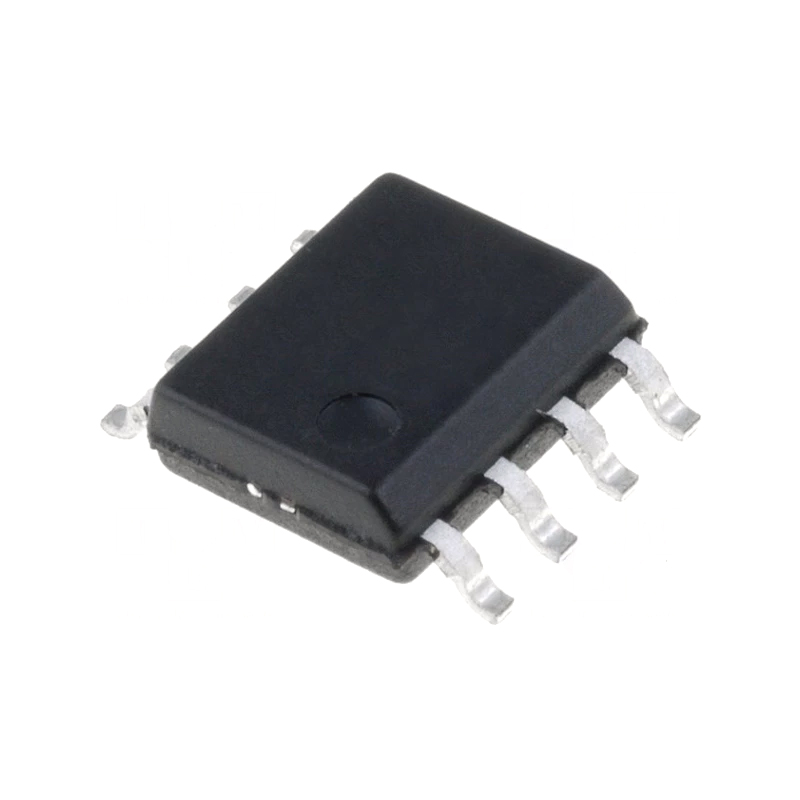
LE25U40CMC-AH
ON Semiconductor, LLC
Serial Flash Memory, 4 Mb (512K x 8)
-
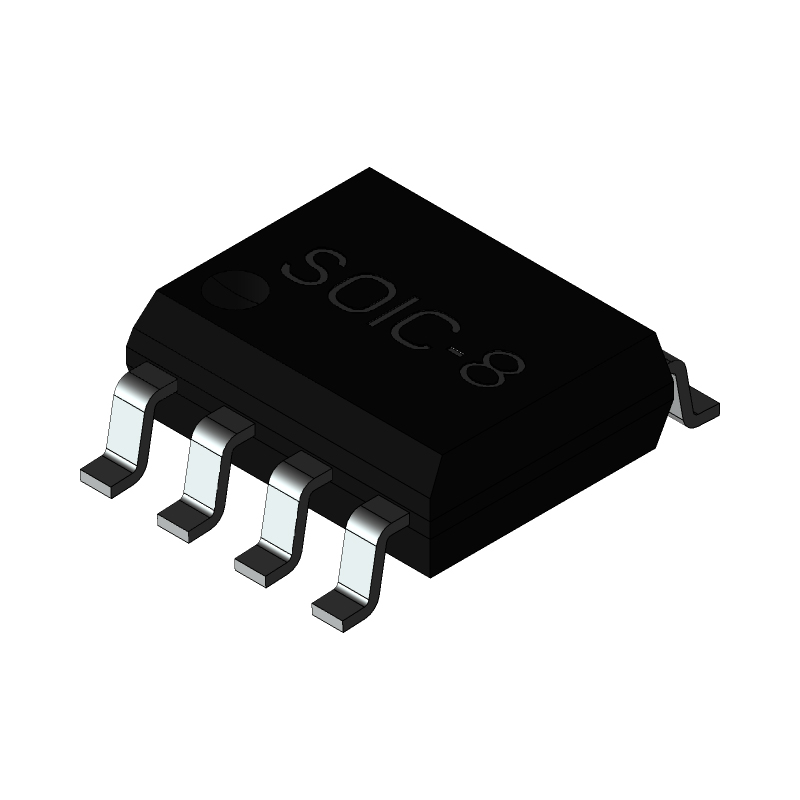
N24RF16DWPT3G
ON Semiconductor, LLC
Dual Interface RFID 16 Kb EEPROM Tag ISO 15693 RF and I2C Bus Compliant
-
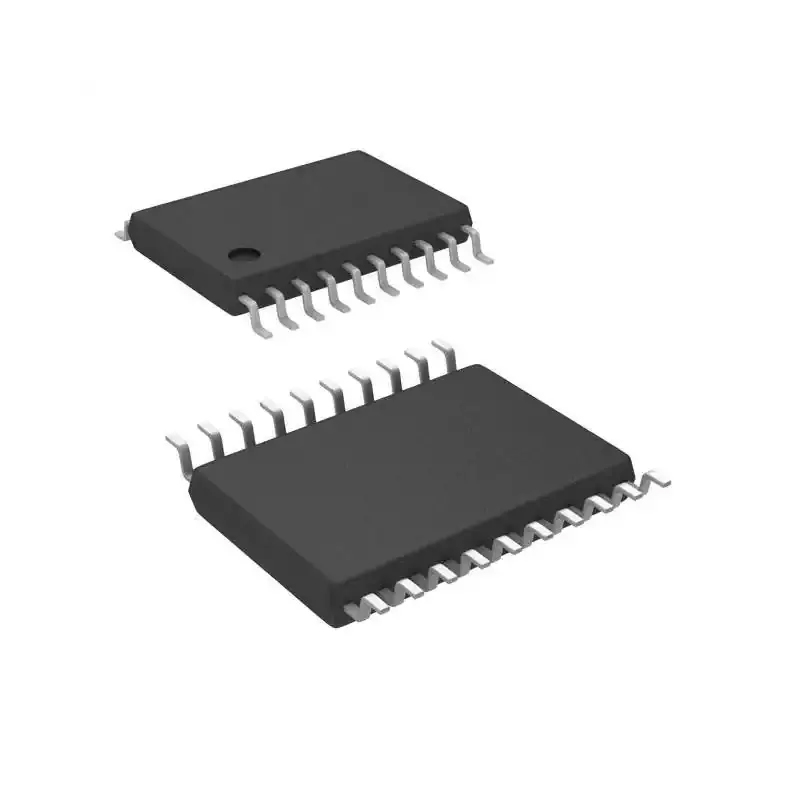
RC5060MT
ON Semiconductor, LLC
Switching Controllers SOIC-20
-
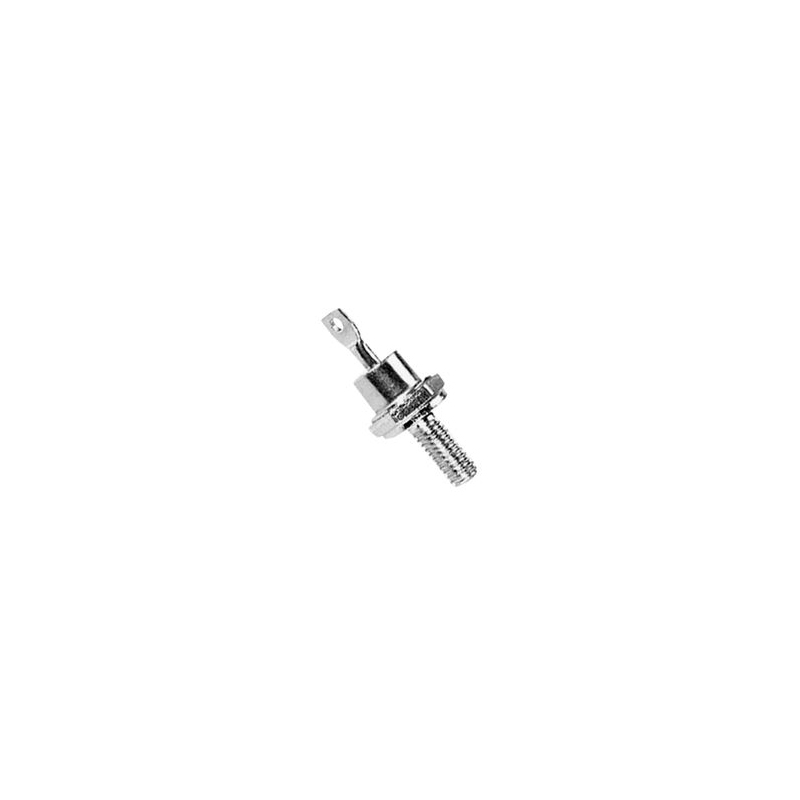
BZX85C16
Onsemi
1W 16V DO-41-2 Zener Diodes ROHS
-

N25S830HAS22IT
ON Semiconductor, LLC
SRAM GENERAL SALES (ULP)
-
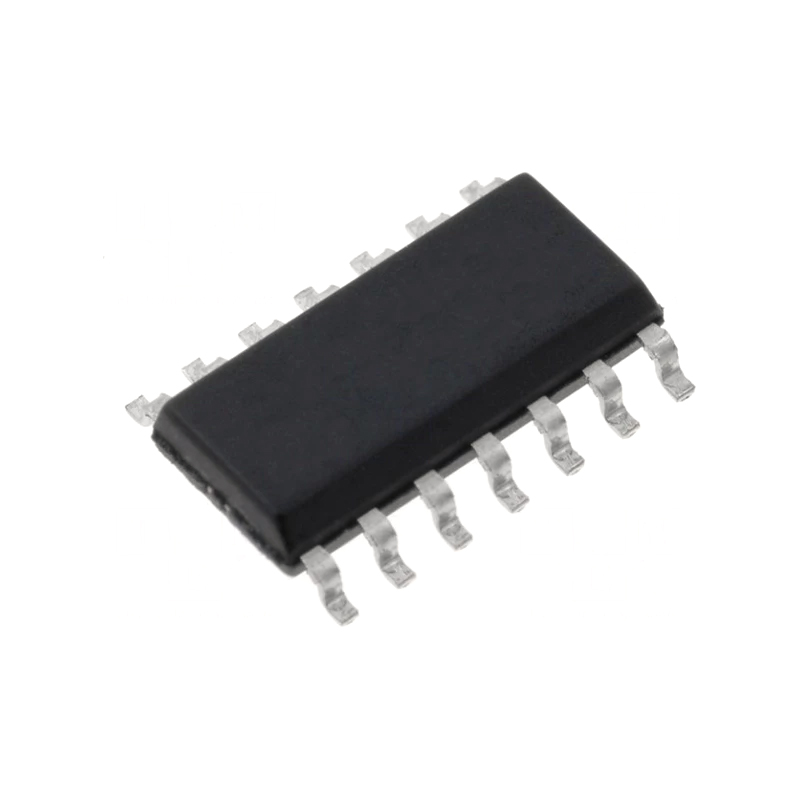
LM556CMX
ON Semiconductor, LLC
555 Type, Timer/Oscillator (Dual) IC 14-SOIC
Related Parts
-
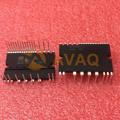
STGIF5CH60TS-L
STMicroelectronics, Inc
Power Driver Module IGBT 3 Phase Inverter 600 V 8 A 26-PowerDIP Module (1.134", 28.80mm)
-
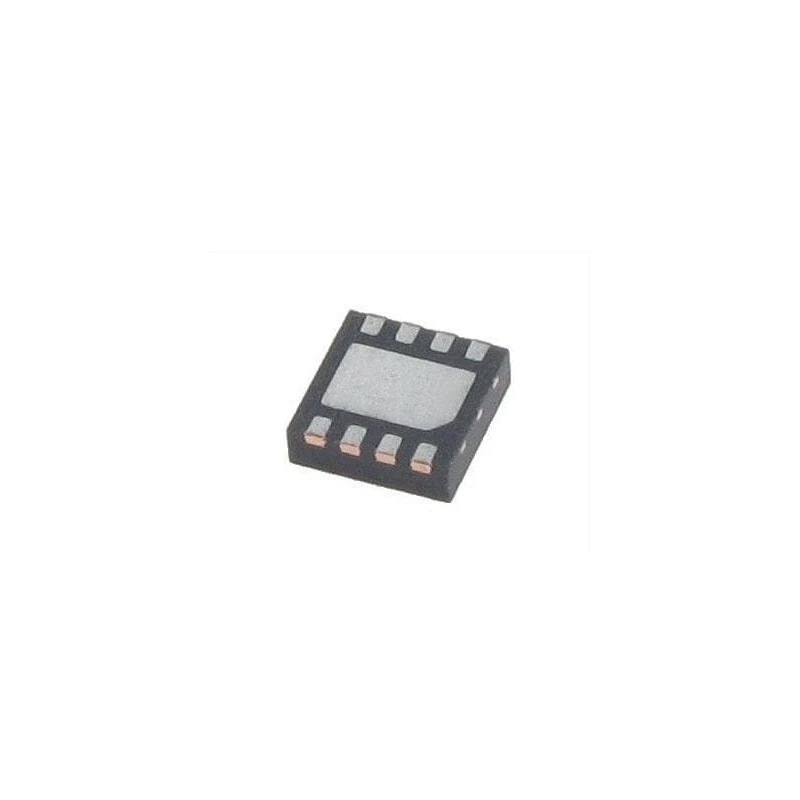
RV8C010UNHZGG2CR
ROHM Semiconductor
N-Channel 20 V 1A (Ta) 1W Surface Mount DFN1010-3W
-
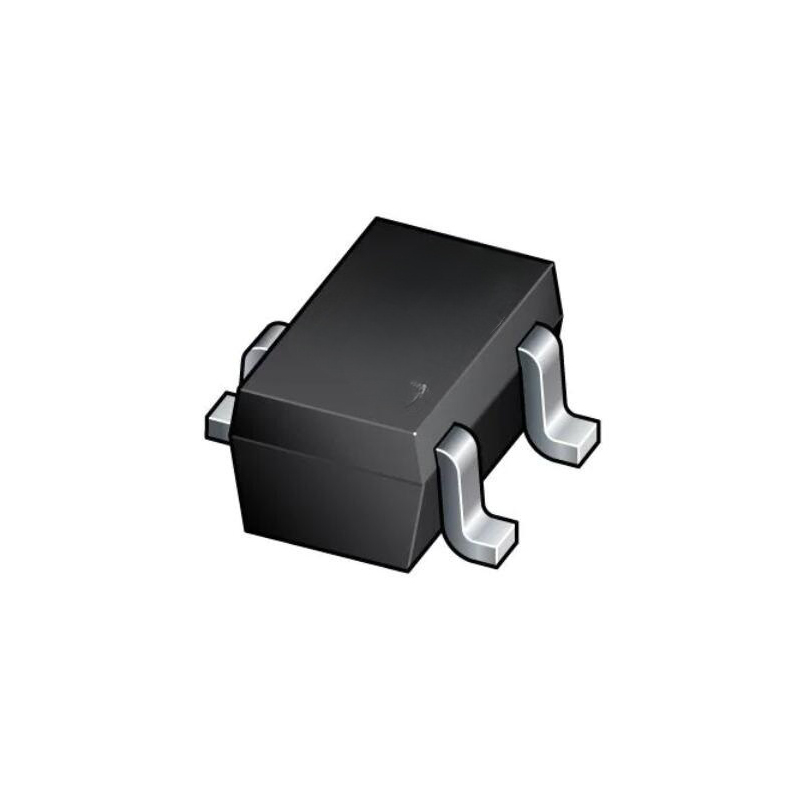
ZXMS6004FFQTA
Diodes Incorporated
Power MOSFET designed for use in electronic circuits requiring a 60V N-Channel device with 500mohm on-state resistance, 1
-
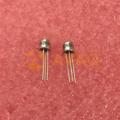
2N2609
Microchip
JFET P-Channel 30 V 10 mA 300 mW Through Hole TO-18 (TO-206AA)
-
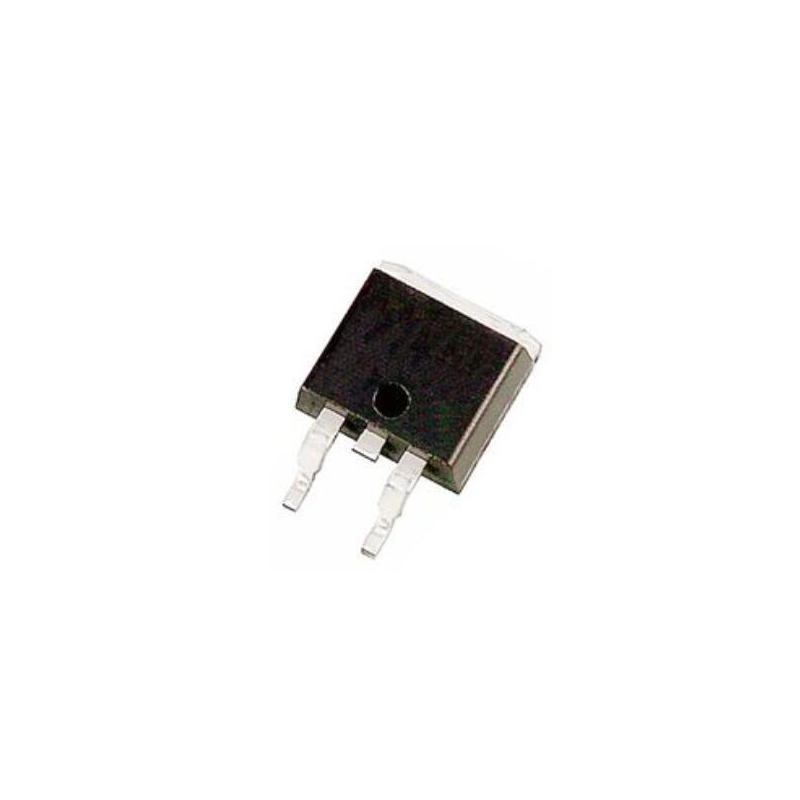
STB6NK60ZT4
STMicroelectronics, Inc
N-channel 600 V - 1 Ohm - 6 A - D2PAK Zener-Protected SuperMESH(TM) Power MOSFET
-
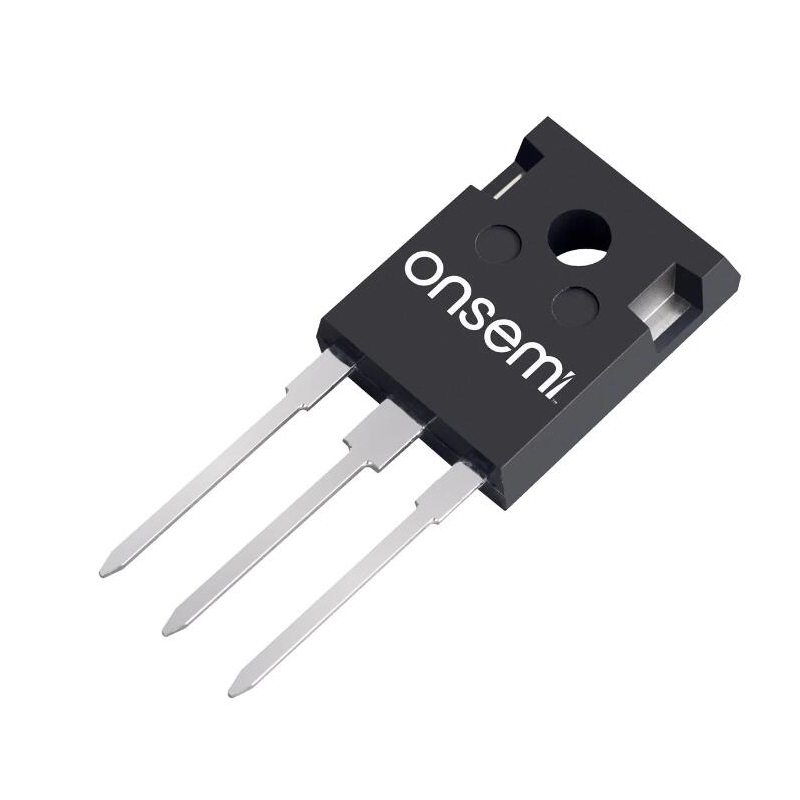
ARF463AG
Microchip Technology, Inc
500V RF MOSFET.
-

FP150R12N3T7PB11BPSA1
Infineon Technologies Corporation
IGBT Module Trench Field Stop Three Phase Inverter with Brake 1200 V 150 A 20 mW Chassis Mount AG-ECONO3
-

NHUMH2X
Nexperia Semiconductor (NXP)
Pre-Biased Bipolar Transistor (BJT) 2 NPN - Pre-Biased (Dual) 80V 100mA 170MHz 350mW Surface Mount 6-TSSOP
-

BDW47
Onsemi
TO-220 Darlington Transistors ROHS
-
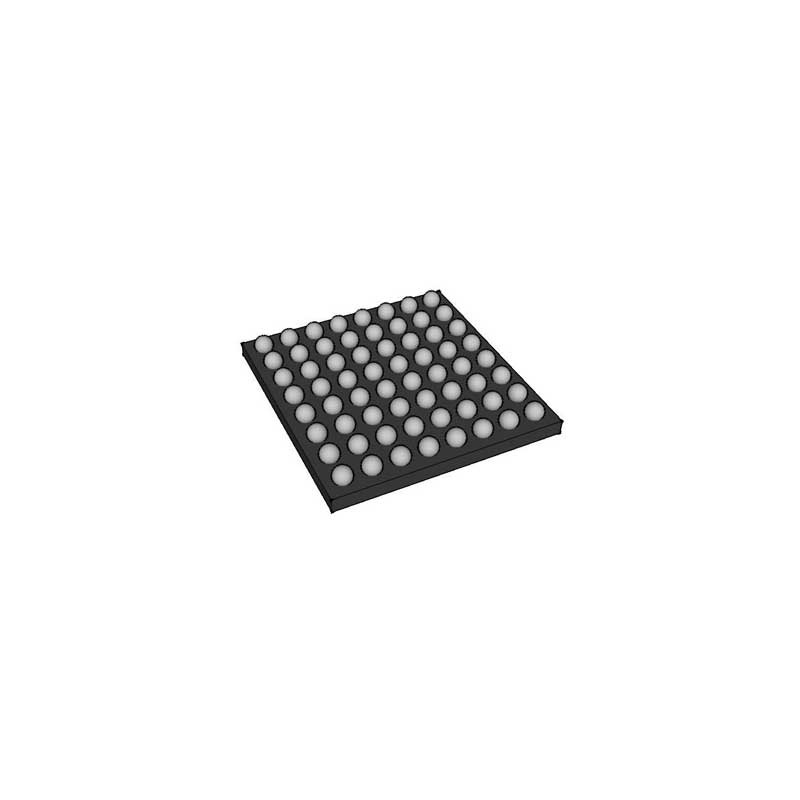
FZ3600R12HP4HOSA2
Infineon Technologies Corporation
IGBT Module Trench Single Switch 1200 V 4930 A 19000 W Chassis Mount Module
-

MJF127G
ON Semiconductor, LLC
5.0 A, 100 V PNP Darlington Bipolar Power Transistor
-
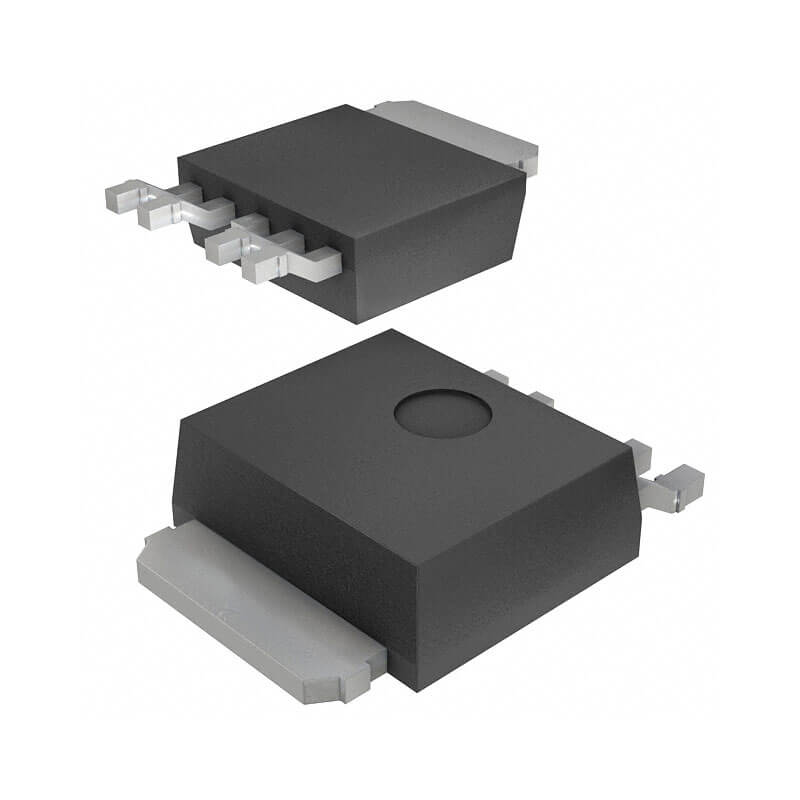
MJD41CT4G
ON Semiconductor, LLC
6.0 A, 100 V NPN Bipolar Power Transistor
-

MMRF1007HR5
NXP Semiconductor
Lateral N-Channel Broadband RF Power MOSFET, 965-1215 MHz, 1000 W, 50 V
-
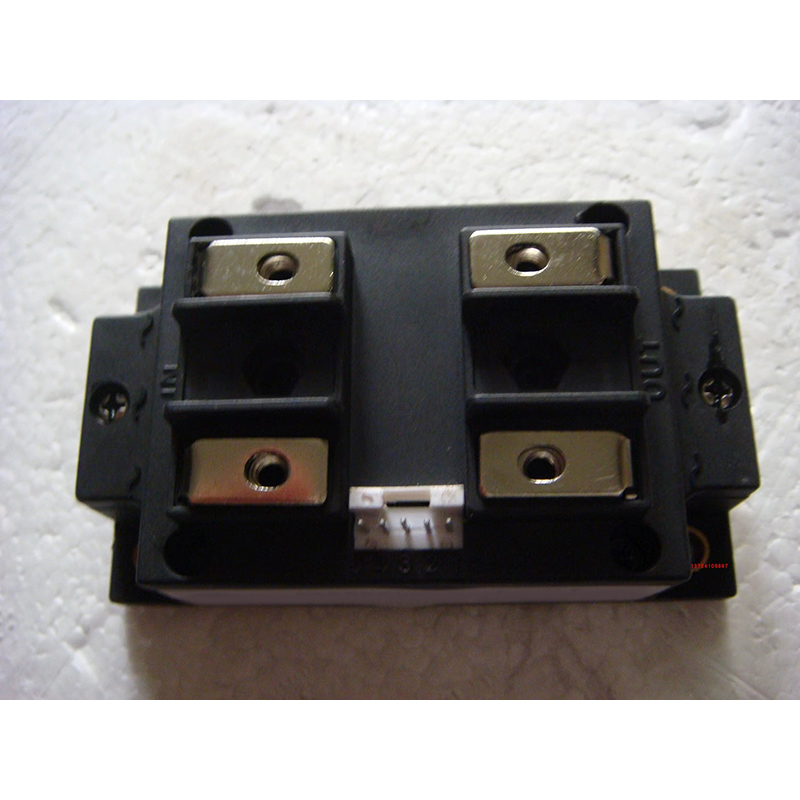
STE50DE100
STMicroelectronics, Inc
Bipolar Transistors - BJT POWER MOSFET
-

APT75GN120JDQ3
Microchip Technology, Inc
1200V Field Stop IGBT.

 Update Time: Nov 01, 2023 Consumer Electronics
Update Time: Nov 01, 2023 Consumer Electronics